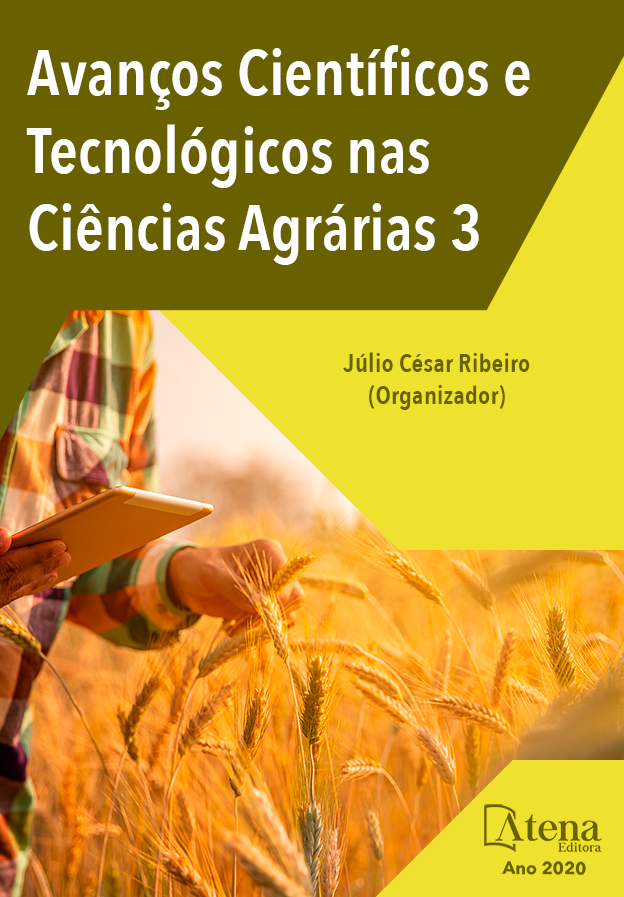
A REPRESENTATIVIDADE ECONÔMICA DO SETOR VITIVINÍCOLA NO CENÁRIO REGIONAL, ESTADUAL E NACIONAL
O agronegócio tem importância fundamental na economia brasileira, está presente em todas as regiões do País, porém, algumas dessas são mais propícias a determinadas culturas, devido a questões edafoclimáticas e relacionadas com os demais elos da cadeia produtiva como a distribuição e comercialização do produto para o consumidor final. Tendo em vista a importância do agronegócio optou-se por realizar um estudo sobre a uva, o qual teve por objetivo visualizar a realidade do Rio Grande do Sul frente ao cenário Nacional, identificando, também, em quais regiões do Estado concentram-se as maiores produções de uva e, consequentemente, do suco dessa fruta. Como objetivos específicos, houve a necessidade de mensurar o volume de uva produzido no Rio Grande do Sul; identificar as principais cidades produtoras de uva do Rio Grande do Sul; e identificar vinícolas da região que comercializem ou produzam o suco de uva. Para tanto a metodologia utilizada contou com o uso de tabelas para a visualização dos dados, e explanação dos resultados por meio de texto. O período de análise dos dados secundários é de 2010 à 2017, sendo que o principal resultado encontrado se refere ao fato de que o Rio Grande do Sul tem o maior volume de produção de uvas comparado com outros estados brasileiros, em todos os anos da análise.
A REPRESENTATIVIDADE ECONÔMICA DO SETOR VITIVINÍCOLA NO CENÁRIO REGIONAL, ESTADUAL E NACIONAL
-
DOI: 10.22533/at.ed.3442024098
-
Palavras-chave: Agronegócio, Rio Grande do Sul, Setor Vitivinícola, Produção de Uva.
-
Keywords: Agribusiness, Rio Grande do Sul, Wine Sector, Grape Production.
-
Abstract:
Agribusiness is of fundamental importance in the Brazilian economy, it is present in all regions of the country, however, some of these are more conducive to certain cultures, due to edaphoclimatic issues and related to the other links in the production chain, such as the distribution and commercialization of the product for the final consumer. In view of the importance of agribusiness, it was decided to conduct a study on the grape, which aimed to visualize the reality of Rio Grande do Sul in relation to the National scenario, also identifying which regions of the State are concentrated the largest grape production and, consequently, the juice of this fruit. As specific objectives, there was a need to measure the volume of grapes produced in Rio Grande do Sul; identify the main grape producing cities in Rio Grande do Sul; and identify wineries in the region that market or produce grape juice. For that, the methodology used relied on the use of tables to visualize the data, and to explain the results through text. The period of analysis of secondary data is from 2010 to 2017, with the main result found referring to the fact that Rio Grande do Sul has the highest volume of grape production compared with other Brazilian states, in all years of the analysis.
-
Número de páginas: 15
- Luciane Dittgen Miritz
- Evandro Miguel Fuhr
- Luiz Carlos Timm
- Roberto Carlos Mello
- Saionara da Silva


